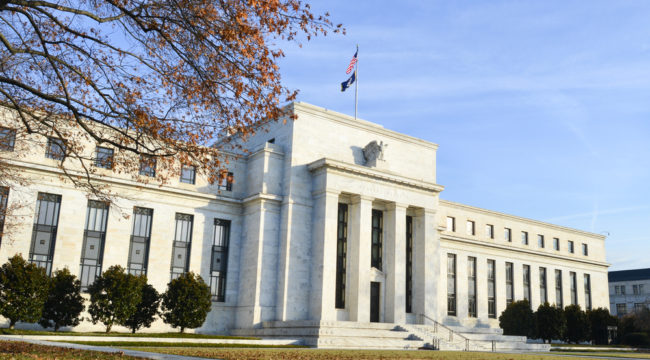
The Fed’s Dangerous Inflation Game
By now you’ve heard that the U.S. economy expanded at an annualized rate of 3.2% in the first quarter of 2019. That was reported by the Commerce Department last Friday morning.
That strong growth coming on top of 4.2% in Q2 2018 and 3.4% in Q3 2018 means that in the past twelve months, the U.S. economy has expanded at about a 3.25% annualized rate. That’s a full point higher than the average growth rate since June 2009 when the expansion began and it’s in line with the 3.22% growth rate of the average expansion since 1980.
It looks as if the “new normal” is back to the old normal of 3% or higher trend growth. Or is it?
The headline growth rate of 3.2% was certainly good news. But, the underlying data was much less encouraging. Most of the growth came from inventory accumulation and government spending (mostly on highway projects). But, business won’t keep building inventories if final demand isn’t there. That’s where the 0.8% growth in personal consumption is troubling.
The consumer didn’t show up for the party in the first quarter.
If they don’t show up soon, that inventory number will fall off a cliff. Likewise, the government spending number looks like a one-time boost; you can’t build the same highway twice. Early signs are that the second quarter is off to a weak start.
Dig deeper and you can see that core PCE (the Fed’s preferred inflation metric) cratered from 1.8% to 1.3%. That’s strong disinflation and dangerously close to outright deflation, which is the Fed’s worst nightmare.
The data just show that the Fed is as far away as ever from its 2% target. But why should it even have 2% as its target?
…click on the above link to read the rest of the article…